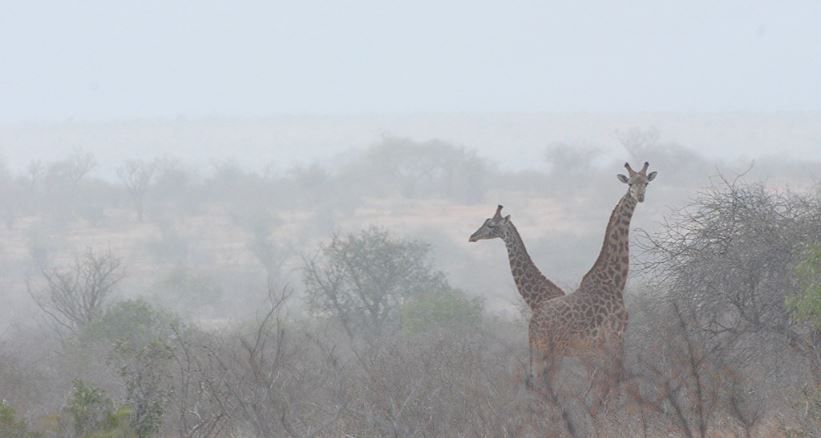
Tsavo east national park
Tsavo East National Park
Tsavo East National Park
Tsavo east National park : Currently when you hear the name Tsavo, most people’s minds are rushed to an incident that happened way back in 1898 long before Tsavo national park was established when a pair of mane less male lions teritorized the area. Many people referred to them as demons that had possessed the flesh of these animals because of the brutality that was manifested in their killings. Their names were the “the Ghost” and “the Darkness”. These two massive man-eating lions hunted railway workers at the Tsavo region of Kenya about 119 years ago. It is estimated that these lions had killed over 35 people though the exact number of people killed by these beasts is unclear, overall claiming that there were 135 victims. This ceased the construction of the railway as the workers were terrified and ran in fear of their lives. These lions dragged men from their camping grounds, tents, and the rail station during the hours of construction. they dragged victims from the emergency hospitals that had been set up, pulled down fences despite the thorny fences built to keep them out.
Later on in December, a British officer, Lt. col. John H Patterson shot and killed these two lions bringing an end to their reign. The workers returned later on and continued with the construction of the railway. In order to keep record of this incidence, there displayed next to their skulls preserved by Patterson, the Field Museum houses the largest man-eating lion on record. The incident also led to the filming of the movie “Ghost in the Darkness” in South Africa rather than Kenya due to tax laws.
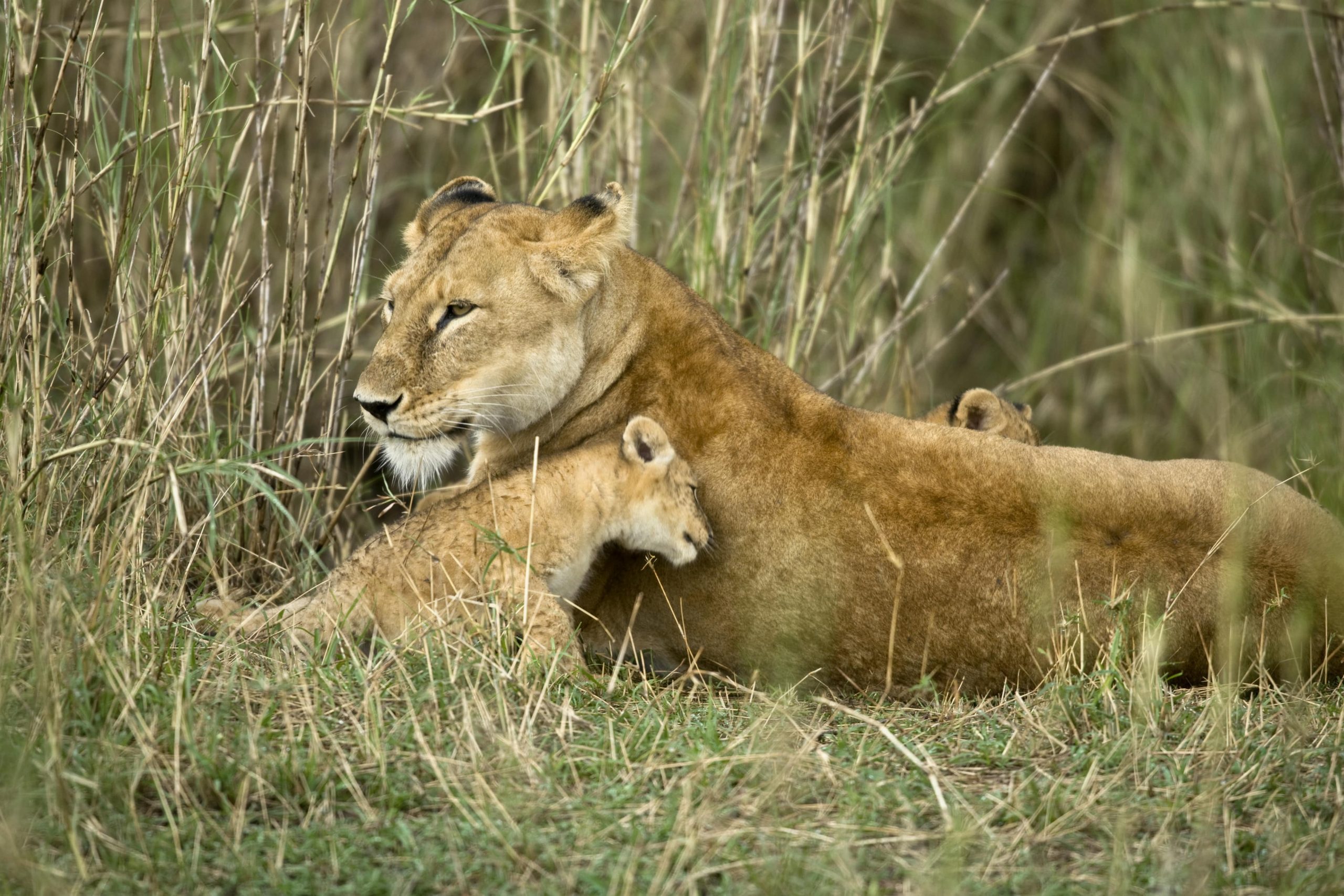
In April 1948, Tsavo East National Park was established on a 13,747 sq. km (5,308 sq. mi). The communities that lived in the region were relocated after the construction of the railway like Watta, Maasai and the Oroma as it was feared that a number of other lions would encroach the land and take revenge.
The park is one of the world’s largest game reserves, a home to vast numbers of animals and also Kenya’s oldest parks and its famous for the Tsavo lions with a total number of 675 lions in the Amboseli-Tsavo ecosystem.
The name Tsavo is derived from a Maasai word “Sabuk” which means River. The Maasai called the Tsavo river “Engare Sabuk” meaning a “Big River”. Tsavo is a region in Kenya located at the cross of the Uganda Railway over the Tsavo river close to where it meets the Athi-Galana-Sabaki river.
Tsavo National Park is located in Kenya near the town of voi 333km south-east of Nairobi, and 173km north-west of Mombasa in the Taita-Taveta County of the former coast province. It is divided in to two sections the east and west by the Tsavo river, the A109 road and the railway. The Tsavo river flows east and west through the national park bordering the chyulu hills national park and the Mkomazi game reserve in Tanzania.
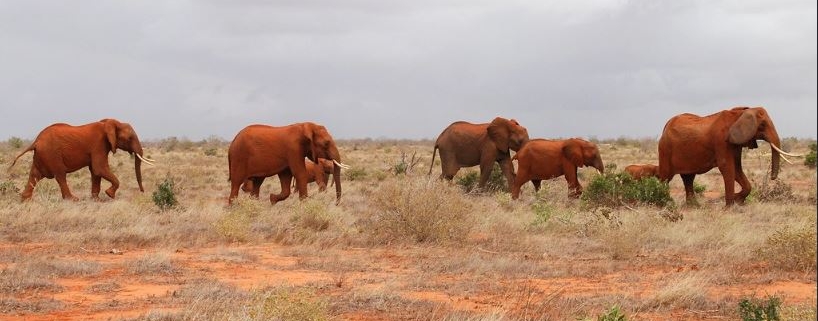
Animal species at Tsavo East National park.
Besides the lions, the park also has a diverse number of animals in Kenya including large families of Giraffes, gazelles, hartebeests and zebras, buffalos, African elephants, lions, rhinos and leopards and the ‘Big five’ animals inclusive for example the African lions, the Elephants, leopards, rhinos and the buffalos.
How to get to Tsavo East National Park.
By road; The park can be reached via Taveta road through Maktau, Ziwani and jipe. Mtito Andei gate which is 240km from Nairobi and 250km from Mombasa. Visitors from Mombasa can also access the park through Tsavo gate near Manyani. The Bachuma gate is the main entrance at Tsavo National Park. The park is governed by the Kenya Wildlife Service(KWS).
By air; there are domestic and private chattered flights from Nairobi city to the national park.
Working hours.
The park is always open from 6:30am to 6:30pm and its important to note that the wardens at the gate have a few sensible rules given to visitors. These include, do not get out of your vehicle, except at designated spots; do not harass the animals in any way; keep to the tracks; no off-road driving; and remember that the animals always have the right of way.
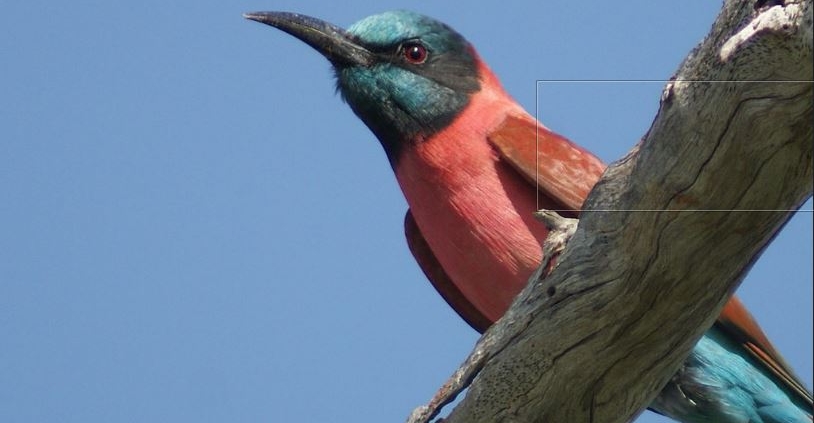
Expert tip!! Tsavo East is a slightly larger and less crowded option compared to the Tsavo West. However, both areas provide stunning scenery. During the winter months, when the dense bushes dry out, Tsavo East offers excellent opportunities for game viewing and birdwatching. In fact, its birding experience is only surpassed by Lake Naivasha National Park.
Scenery
Vast open plains cover Tsavo East’s big percentage, grasslands with bushes, while some parts of Tsavo East are partially home to dry shrubs. The park is marked by the Galana River, which has forests along its river banks. Another beautiful sight is Mudanda Rock, a tall and hard rock made of quartzite.
Weather & Climate
Tsavo East generally has hot and dry weather all year round, except in higher areas where it gradually becomes cooler the higher you go. The Wet season, from November to May, can be very hot, especially during the period between the short rains at the end of the year and the long rains later on. The Dry season, from June to October, brings some relief from the heat.
Best time to Visit Tsavo East National Park
When planning a Kenya safari, it is important to consider the best time to visit. This decision influences various aspects of the safari such as accommodation options, flight costs, availability, and the prevailing weather conditions. When it comes to wildlife viewing, Tsavo offers an exceptional experience throughout the year.
For the most favorable conditions, it is recommended to visit Tsavo during the dry season, which runs from June to October and January to February. While the park remains accessible year, wildlife viewing in the rainny season can be challenging.
If you choose the dry season, you can can maximize the chance to witness the abundant wildlife in Tsavo East. This period offers the best conditions for observing the diverse animal species that inhabit the park. Whether you love elephants, lions, birds, the dry season provides an ideal environment for unforgettable game viewing adventures in Tsavo East.

Where to Stay in Tsavo East National Park
Sentrim Tsavo Camp
Sentrim Tsavo Camp was initially Tarhi Eco Camp, is situated about 11 Kms from the Voi Gate of Tsavo East National park It is also about 2 hours from Mombasa for those who want to access this lodge from the coast.
This midrange Tented lodge is made up of 20 tents that are spread out among the nature and gives a feeling of wilderness. Setrim’s main common area consits of the reception area, bar and restaurant. All the rooms are mounted on a permanent slab with modern facilities en suite.
Ngulia safari lodge
Ngulia safari lodge will provides truly authentic safari experience for nature lovers. Its comfortable and spacious rooms are made with traditional African decor and equipped with modern amenities.
Ngulia Safari Lodge is known for its wildlife encounters with animals coming over to the floodlit water point to drink and take a bath.
Campsites and Camping spaces in Tsavo East National park.
For budget-conscious travelers, there are few affordable camping sites that provide cost-effective accommodation options . These camping sites are for thoseto those who are looking to make their travel expenses more affordable but still be close to nature.
Self drivers : One particularly advantageous option for guests embarking on a self-drive safari with a campervan is the opportunity to sleep in their vehicle. By utilizing this alternative, travelers can realize substantial savings on their accommodations. This cost-effective choice allows them to combine transportation and lodging into a single expense, making it an attractive option for those on a tight budget. You might be interested in birds in Amboseli National Park
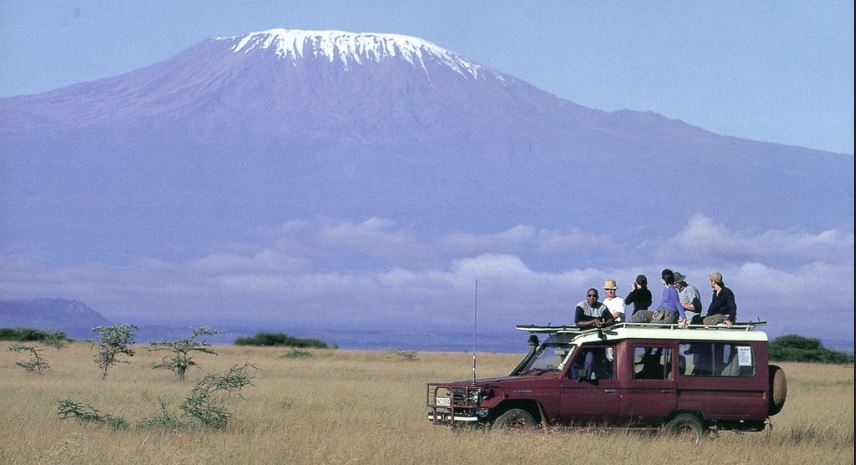
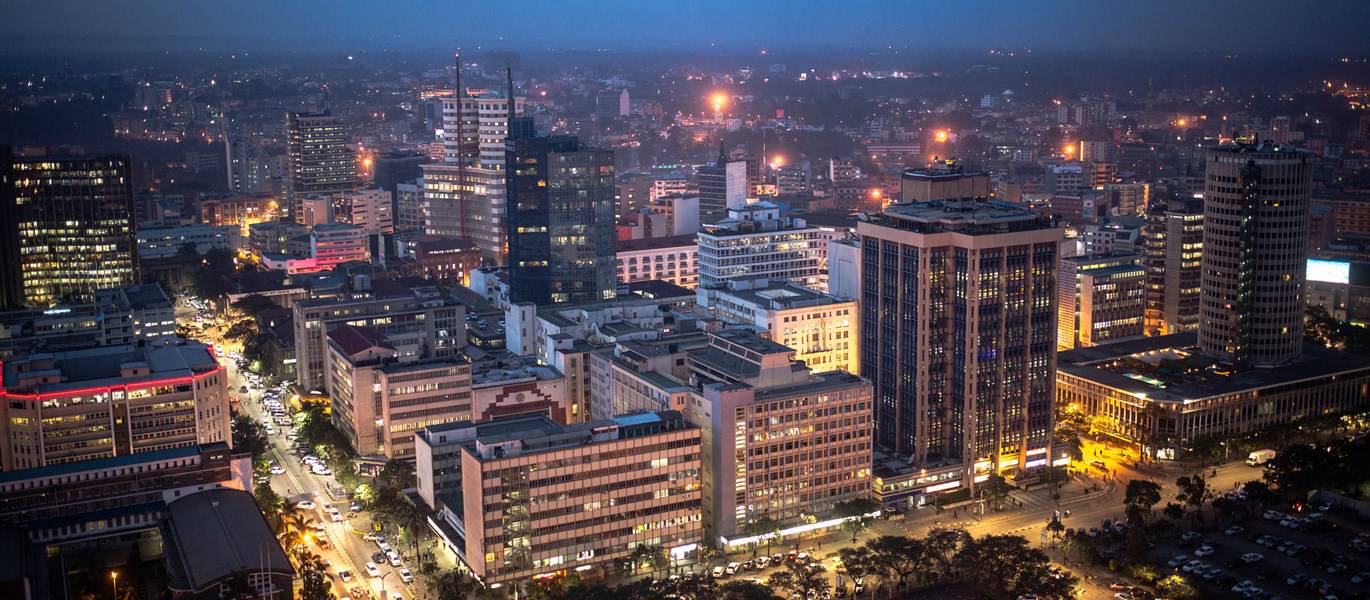
Kenya cities
Kenya cities Kenya cities : Kenya is a country with a population of more than…
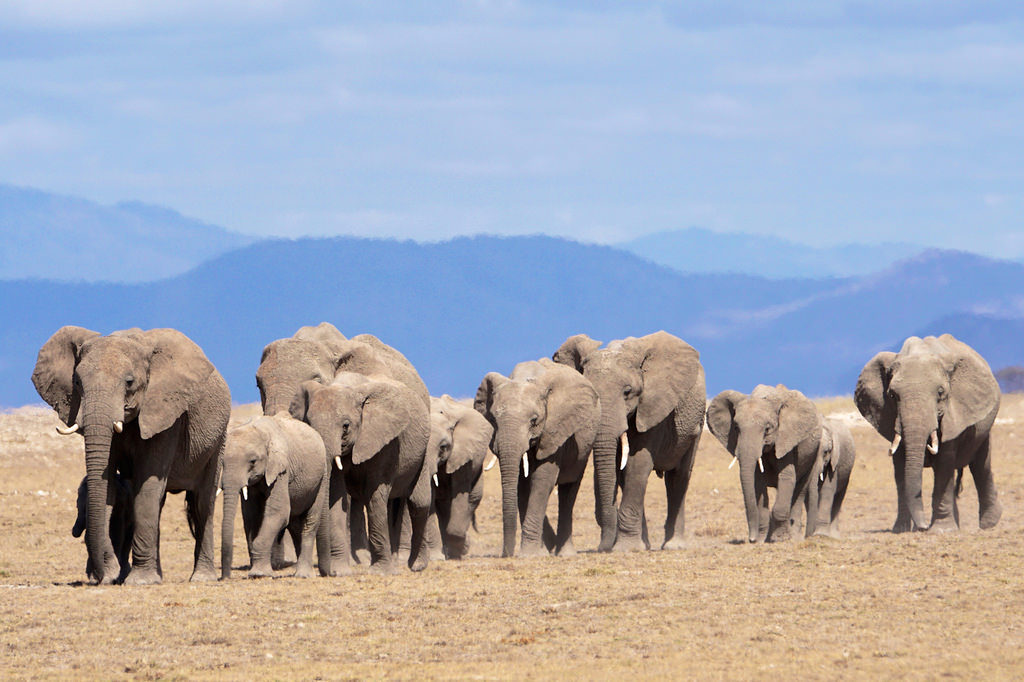
Amboseli National park big five
AMBOSELI NATIONAL PARK BIG FIVE Amboseli National park big five: Amboseli national park is one…


